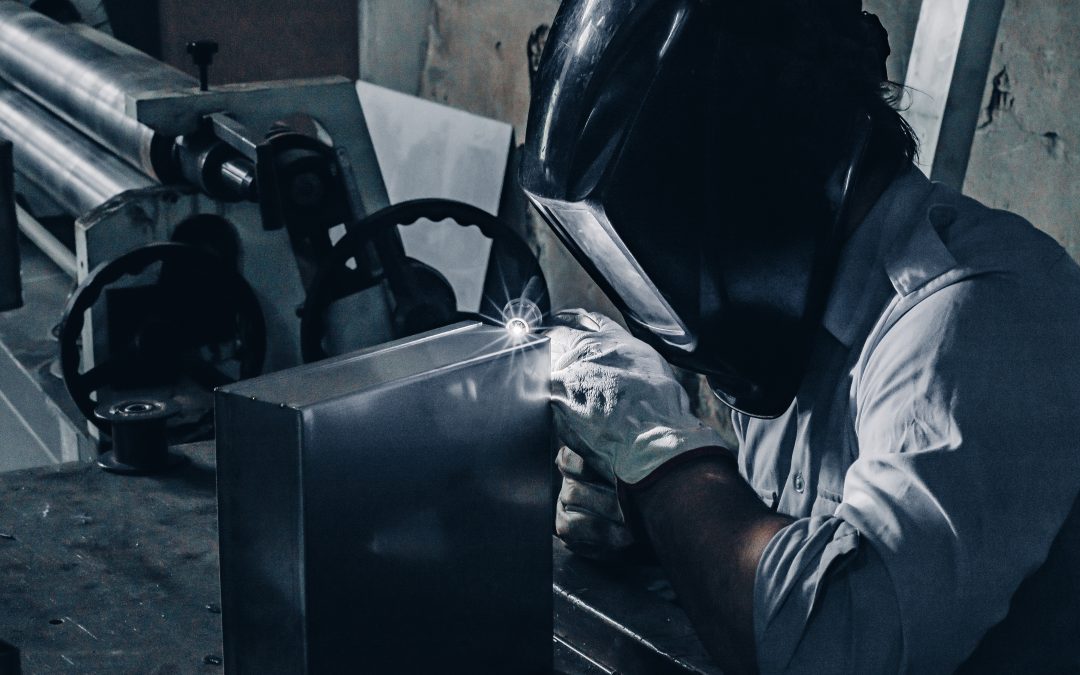Today, we’re digging into a topic that’s crucial yet often overlooked in the construction and industrial realms – the art and science of quality sheet metal fabrication. Whether you’re a seasoned contractor or just starting out, understanding the intricacies of sheet metal quality will improve the outcome of your projects.
The Core of Quality in Sheet Metal Fabrication
Quality in sheet metal work isn’t standard; to us it’s a necessity. It’s the difference between a project that stands the test of time and one that fails prematurely. When we talk about quality, we’re referring to the material’s ability to withstand external forces, environmental conditions, and the rigors of daily use. Adherence to standards like ISO 9001 and ASTM from the get-go ensures that the final product isn’t just functional but durable and safe.
The Multi-Step Fabrication Process
Sheet metal fabrication is an intricate ballet of precision and skill. It starts with a well-thought-out design, crafted using advanced CAD software. The choice of material – be it robust stainless steel or lightweight aluminum – is tailored to your project’s specific needs. Cutting-edge techniques like laser and plasma cutting shape the metal, which is then formed, welded, and joined to create the final structure. And it doesn’t end there – rigorous quality checks and surface treatments add that extra layer of perfection.
Why Quality Evaluation Matters
Investing in quality evaluation isn’t just a step – it’s an investment in the longevity and success of your project. High-quality sheet metal work means fewer repairs, less downtime, and ultimately, a more cost-effective solution in the long run. Techniques like material certification, dimensional accuracy checks, and tensile testing ensure that the metal you’re using isn’t just good on paper but in practice as well.
The Right Metal for the Job
The choice of metal can make or break your project. Each type of metal, from the common carbon steel to the more exotic nickel alloys, brings its unique set of properties to the table. Understanding these materials’ strengths and weaknesses is key to selecting the right one for your specific application. When you’re preparing to choose a contractor, they should be asking questions about your project, loads, environment, etc.
Measuring Quality
Quality in sheet metal fabrication is measurable and customers demand it. It starts with ensuring the material certifications are up to par, checking for any surface defects, and verifying dimensions with precision tools. The quality of your supplier also plays a significant role – a reputable supplier means high-quality materials.
Navigating Common Quality Issues
Awareness of common quality issues like material defects, surface imperfections, and welding defects empowers you to address them proactively. Early detection and remediation can save you time and money down the line.
Choosing the Right Sheet Metal Contractor
The right contractor is more than a service provider; they’re your project partner. Look for a contractor with a proven track record, positive reviews, and a willingness to understand and align with your project goals. One thing that makes Greater Wisconsin Sheet Metal special is our ability to help with unforeseen obstacles. We don’t bail when the going gets tough, we dig in and get the job done right.
In a world where quality can’t be compromised, understanding the nuances of sheet metal fabrication is key. We hope this post has shed light on the importance of quality in this field. When your reputation for quality shines through you’ll open doors to new opportunities you never thought were possible.
A Special Offer: For those who want to dive deeper, we’ve prepared a comprehensive guide: “Quality Evaluation for Custom Sheet Metal: A Contractor’s Guide.” This downloadable PDF is packed with insights, tips, and industry secrets to help you elevate your projects. Register for your copy by filling out a quick form and we’ll provide an instant download link.



